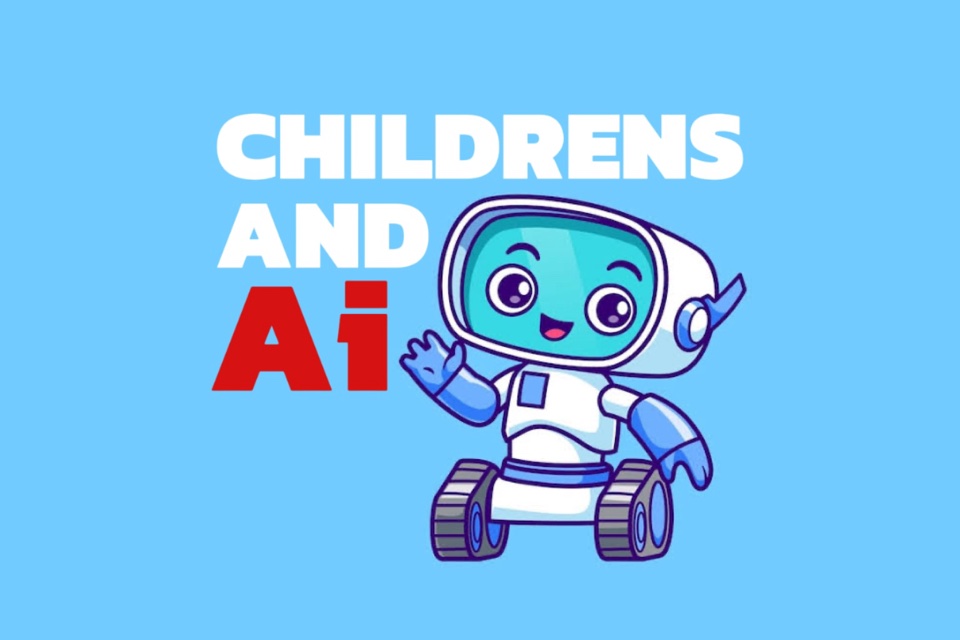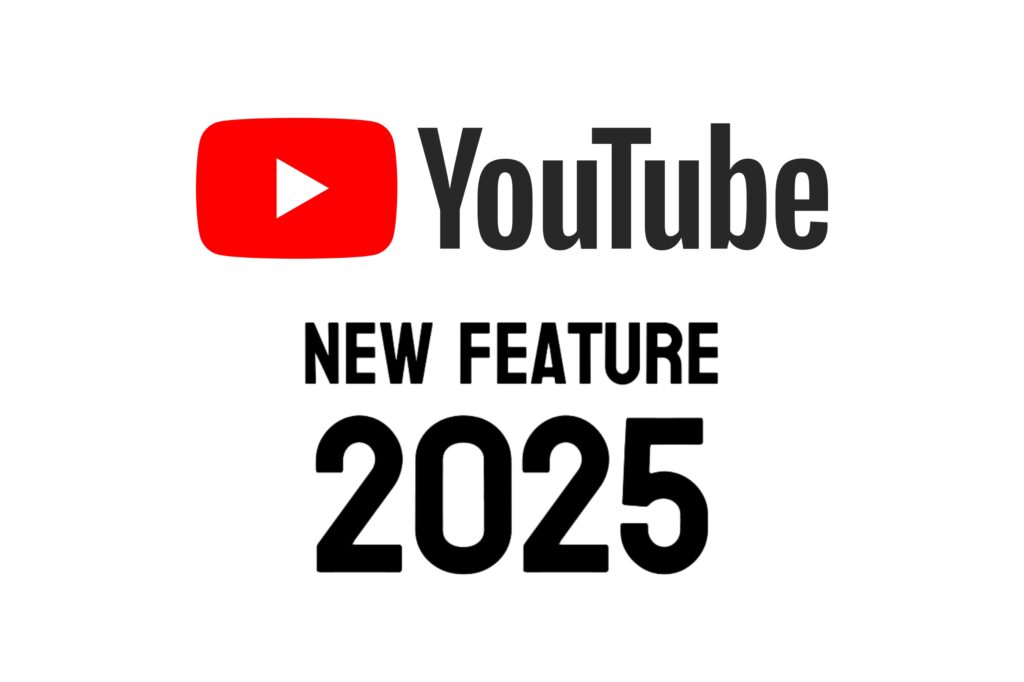Information technology is widely used worldwide in the age of computer graphics. Why is it so popular? Where is it used? And anyway, what about computer graphics? Let’s see!
What is Digital Art?

The easiest way – is a science. Also, it is one of the topics of computer science. He said that the methods of processing and formatting or formatting graphic images through a computer are studied.
Today’s computer graphics lessons exist in schools and in higher education. And now difficult to find an area where it will not be in demand.
Also on the question
What is computer graphics for about forty years there can be answered, it is one of the many areas of computer science, and it also refers to the youngest. Like any other science, it has a specific subject, goals, methods and objectives.
What problems does computer graphics solve?
As we broadly understand this area of computer science, we can see that computer graphics tools allow you to perform the following three types of objectives:
- Explain verbally in graphic image.
- The problem of acknowledgment of images, that is, translated image description.
- Edit graphic images
Fields of computer graphics
Despite the fact that the scope of the field of computer science is indeed very wide, it is possible to identify the central areas of computer graphics, where it has become an essential tool for solving problems that arise.
First, an ideal direction. It is the most extensive as it covers tasks ranging from simple data concept and ending with the creation of animated films.
Second, the self-developing trend: computer graphics, themes and opportunities, which are really unlimited, allows you to enhance and improve their capabilities.
Third, research direction. It includes images of abstract concepts. It is directed to the application of computer graphics, has no physical position in the creation of an image. Why? As a general rule, to demonstrate a model for clarity in order or to detect changes in parameters and adjust them.

What are the different types of computer graphics?
Again: What is computer graphics? This section is meant for the study of informatics methods and for the processing and creation of graphic image by using techniques. Despite the fact that there are four different types of computer graphics, there are many different programs for processing images using a computer. It has raster, vector, generosity and 3D graphics.
And what are their characteristics? All types of computer graphics vary according to the principle of formation of the first reflection when displayed on paper or on the screen.

The basic element of is a raster image or example point. The image provided is on the screen, a point is called a pixel. Each of the image pixels has its own parameters: color and location on the canvas. Of course, the smaller the pixel size and the larger the number, the better the image looks.
The main problem of the bitmap image – a large amount of data.
Another drawback of raster graphics – the need to enlarge the image to see the details.
Vector graphics
The initial component is a line vector graphics. Naturally, raster lines are also present in graphics, but they are treated as a set of points. Vector is a combination of lines, all developed graphics in it.
This type of computer graphics ideal for storing high-precision images, such as drawings and diagrams.

The information is not stored in a file as a graphical image, as points through which the points program recreates drawings.
Accordingly, there are specific memory locations for each of the points of a line. It should be noted that the vector graphics memory captured by an object remains unchanged, and does not depend on its size and length.
Why is this happening? The line vector is in graphics because the formula is defined as a number of parameters, or, more simply. What we will do with it in the future, only the parameters of the object will turn into a memory cell. The number of memory cells remains unchanged.
Thus, we can conclude that vector files take up much less memory than raster.
Three-dimensional graphics 3D
3D graphics, or three-dimensional graphics, is the study of methods and techniques for creating concrete models, the most suitable real objects. Similar images can be understood from all sides.
A variety of smooth surfaces and graphic shapes are used to create a volume of reflections. With their help, the artist creates the first frame of the future project, and then the surface material is visually coated with it resembling the real ones. Next, gravity, lighting, the atmosphere and the space in which the image forms the other aspects of the object. Then, with the bet that the object moves, set trajectory and speed.

Generous graphics
A pattern consisting of the same elements is called generosity. A number of images are fractals. For example a plurality of Kah Snowflake Mandelbrot Sierpinski triangle and “Dragon” Harter-Heytcheya.
A fractal pattern can be constructed either by using any algorithm or by constructing an automatic image, which is performed by calculations from given formulas.
When changing the structure or changing the algorithm of coefficients in EQ takes the place of image editing.
The main advantage of generous graphics is that only formulas and algorithms are stored in the image file.














